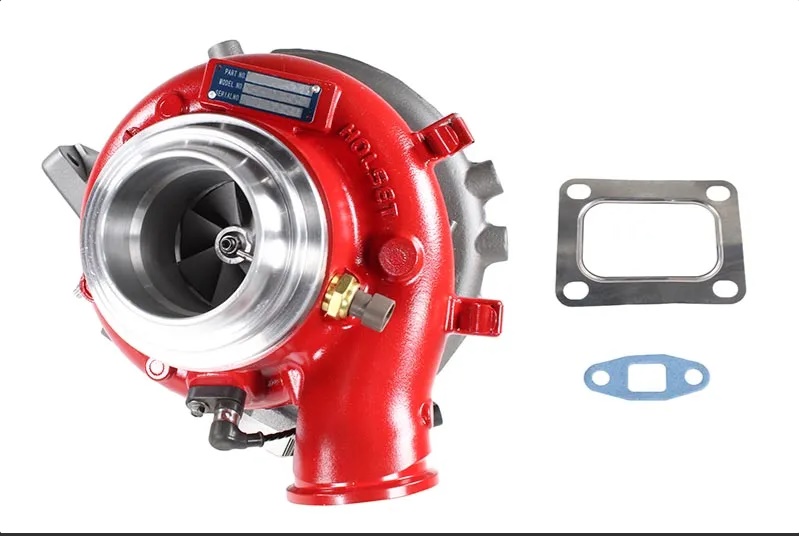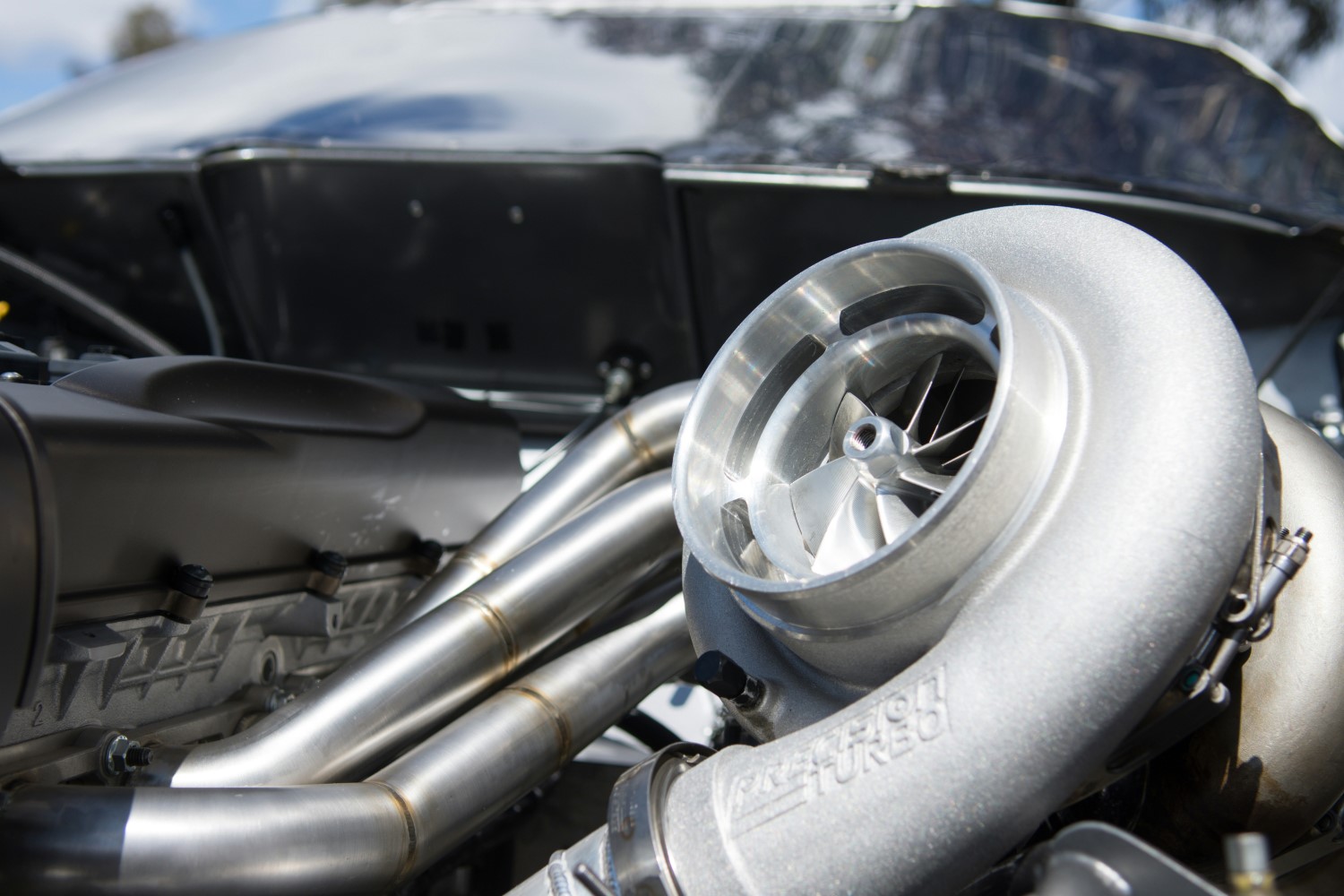How to Find the Best Turbocharger for Your Vehicle’s Performance Needs
Finding the right turbocharger can significantly boost a vehicle’s performance. Identifying the best turbocharger involves understanding your driving needs, evaluating performance specs, and considering factors like installation and maintenance.
With the right information, anyone can make an informed choice that enhances their ride.
When searching for a turbocharger, it’s essential to grasp the basics of how turbochargers work and what specifications matter most. Different brands and models offer various advantages, and knowing the selection criteria can narrow down the options. With the right selection, buyers can ensure they maximize their vehicle’s potential.
Choosing a turbocharger is not just about power; it also involves ensuring proper installation and ongoing maintenance for optimal performance. By keeping these factors in mind, anyone can make a smart purchase that delivers good value.
Key Takeaways
- Understanding turbocharger basics is crucial for making an informed choice.
- Key selection criteria include performance specs and compatibility.
- Proper installation and maintenance are essential for long-term performance.
Understanding Turbocharger Basics
Turbochargers play a crucial role in enhancing engine performance. They compress air entering the engine, which improves combustion and increases power output. Understanding how they function and their key components is essential for anyone looking to choose the right turbocharger.
Turbocharger Functions
Turbochargers serve to boost an engine’s efficiency by increasing the amount of air available for combustion. When an engine operates, it can only take in a limited volume of air. A turbocharger captures exhaust gases and uses them to spin a turbine, which then forces more air into the engine.
This process reduces turbo lag, allowing for quicker acceleration. Additionally, a turbocharger helps to improve fuel efficiency. By getting more power from the same amount of fuel, it can lead to better mileage. Turbochargers are particularly useful in smaller engines, where space is limited, but power is still desired.
Components and Design
A turbocharger consists of several key components that work together to increase performance. The main parts include the compressor, turbine, and housing.
- Compressor: It draws in air, compresses it, and pushes it into the engine.
- Turbine: This part is driven by exhaust gas and spins to drive the compressor.
- Housing: It encases these components and helps them operate efficiently.
Design is critical in turbocharger performance. Various designs are available, each suited for different engine types and needs. For example, a larger turbine may provide more power but can also increase turbo lag, while a smaller turbine can reduce lag but at the cost of maximum power output. Selecting the right design is essential for achieving desired performance goals.
Selection Criteria for the Best Turbocharger
When choosing the right turbocharger, it’s essential to consider various factors that will impact performance and compatibility with the vehicle. Key points include understanding vehicle specifications, performance goals, turbocharger sizing, and build quality.
Vehicle Specifications
The first step is assessing the vehicle’s specifications. This includes engine size, type, and current power output. A turbocharger must match the engine’s characteristics to enhance performance without causing damage.
For example, vehicles with larger engines may benefit from a bigger turbo. Conversely, smaller engines often require a turbo that provides quick spool-up to minimize lag. Compatibility also involves understanding the engine’s fuel type. Diesel engines often need specific turbo designs, like those from Torque Diesel, which specializes in remanufactured components.

Performance Goals
Next, it’s crucial to define performance goals. This means deciding what the driver wants from the turbocharger—whether it’s increased horsepower, improved torque, or better fuel efficiency.
For racing or high-performance applications, a larger turbo can provide significant power boosts. For daily driving, a smaller turbo may be better for quicker throttle response. Understanding the intended use allows for a more precise selection, ensuring the turbocharger aligns with the driver’s expectations.
Turbocharger Sizing
Turbocharger sizing is vital to achieve desired performance outcomes. Each turbo has a specific efficiency range and power rating. A turbo that is too large may create lag, while one that is too small may not provide sufficient power.
Drivers should determine their target horsepower and match it with the turbo’s specifications. This involves looking at airflow, boost levels, and engine RPM ranges. Proper sizing ensures that the turbo can operate within its designed limits, maximizing both performance and engine longevity.
Build Quality and Reliability
The build quality of a turbocharger affects its lifespan and performance. High-quality materials and engineering prevent failures and ensure reliable operation.
Drivers should look for turbos designed with durable components, such as billet aluminum or forged steel. Checking for warranties and manufacturer reputation can also provide insights into reliability. Opting for established brands often leads to better results and trust in the product’s performance under various driving conditions.
Installation and Maintenance
A proper turbocharger installation is crucial for optimal performance. Regular maintenance ensures longevity and dependable functionality. This section covers professional installation, routine upkeep, and common issues to be aware of.
Professional Installation
Hiring a qualified technician for turbocharger installation is essential. It involves several steps that require specific skills and tools. Key tasks include:
- Inspecting: The technician should examine the installation area for any wear, leaks, or damage.
- Cleaning: A clean mounting surface is important to prevent future issues. Residue or debris can cause improper sealing.
- Gasket Replacement: Using new gaskets prevents oil and coolant leaks, which can harm the turbo.
- Securing Connections: All pipes and fittings need proper tightening to avoid problems later.
Professional installation can save time and ensure that everything is done correctly, leading to improved performance.
Routine Maintenance
Routine maintenance extends the life of the turbocharger and keeps it functioning well. Key actions include:
- Oil Checks: Ensuring a steady supply of quality oil is vital for lubrication and cooling.
- Inspecting Components: Regularly check pipes, hoses, and fittings for wear or leaks.
- Cleaning: Keeping the turbocharger clean prevents buildup and ensures proper airflow.
- Monitoring Performance: Pay attention to changes in engine performance. Any noticeable differences might signal maintenance needs.
Routine checks help catch small problems before they become bigger issues.
Common Issues and Troubleshooting
Several common issues may arise with turbochargers. Being aware of these can aid in early detection and resolution:
- Oil Starvation: Insufficient oil supply can cause major damage. Regular oil checks can prevent this.
- Boost Leaks: Look for signs of decreased power. Leaks in the air intake system can hinder performance.
- Overheating: Monitor the temperature. Overheating can damage the turbo and engine.
- Noise: Unusual sounds may indicate a problem. Whining or grinding can signal that the turbo is failing.
Being proactive and attentive to these issues can help maintain turbo performance effectively.
Purchasing Tips
When looking for the best turbocharger, buyers should focus on brand comparisons, performance versus cost, and the warranty offered. Each factor plays a significant role in making an informed decision.
Comparing Brands and Models
It is essential to consider different brands and models when selecting a turbocharger. Some well-known brands like Garrett and BorgWarner have established reputations for reliability and performance.
Buyers should research the specifications, build quality, and user reviews for various models. A turbo’s efficiency rating is crucial; higher efficiency ratings often lead to better fuel economy and performance.
Some brands offer specialized options for specific vehicles, enhancing compatibility and performance. Comparing the specific features of a turbocharger will help buyers make a choice that aligns with their vehicle’s needs.
Cost vs. Performance
Price is an important factor, but it should not be the only consideration. Cheaper turbochargers might save money upfront but could lead to higher expenses later due to poor performance or failure.
Investing in a quality turbocharger from a reputable brand may cost more initially but offer better reliability and longer life. Buyers should compare the costs against features such as boost levels, spool time, and throttle response.
It can be beneficial to list features and performance ratings alongside their prices to evaluate what best fits their budget and performance expectations. This analysis helps in identifying the best value for their investment.
Warranty and Support
Checking the warranty is crucial when purchasing a turbocharger. A solid warranty reflects the manufacturer’s confidence in its product. Most reputable brands offer warranties ranging from one year to several years.
Support options are also vital. Reliable customer support can assist with installation issues or questions regarding performance. Many brands provide online resources, installation guides, and customer service hotlines.
Choose a brand that offers adequate support networks, ensuring peace of mind in case of any future issues. This attention to warranty and support can significantly influence the overall satisfaction of the buyer.
Frequently Asked Questions
Choosing the right turbocharger involves understanding sizing, compatibility, and various factors that affect performance. The following questions address common concerns about selecting and upgrading turbochargers.
How do I calculate the correct size turbo for my engine?
Calculating the correct size turbo requires knowing the engine’s displacement, desired power output, and intended usage. This can be done using formulas that factor in these elements or by consulting sizing charts provided by manufacturers.
What factors should I consider when choosing a turbocharger for my vehicle?
Several factors influence the choice of a turbocharger, including the engine’s size, performance goals, and driving conditions. Additionally, the type of fuel used and the desired boost response can impact the selection process.
Which brands are considered the best for purchasing a turbocharger?
Top brands for turbochargers include Garrett, BorgWarner, and Holset. Each brand offers a range of products known for reliability and performance. Researching specific models and customer reviews can provide more insight into each brand’s strengths.
How do the different types of turbochargers compare in performance?
There are several types of turbochargers, including single-scroll, twin-scroll, and variable geometry. Each type has unique advantages. For example, twin-scroll designs can reduce turbo lag, while variable geometry turbos can offer better performance across a wider RPM range.
What are the benefits of upgrading to a larger turbo?
Upgrading to a larger turbo can lead to significant increases in horsepower and torque. It allows for more air and fuel to enter the engine, enhancing performance. A larger turbo may also provide better efficiency at high RPMs, making it suitable for racing or performance driving.
How can I determine the compatibility of a turbocharger with my engine?
Compatibility can be assessed by checking the manufacturer’s specifications and ensuring the turbocharger matches the engine’s size and design. It’s essential to consider any necessary modifications, such as oil lines and exhaust fitment, to ensure proper installation and performance.
